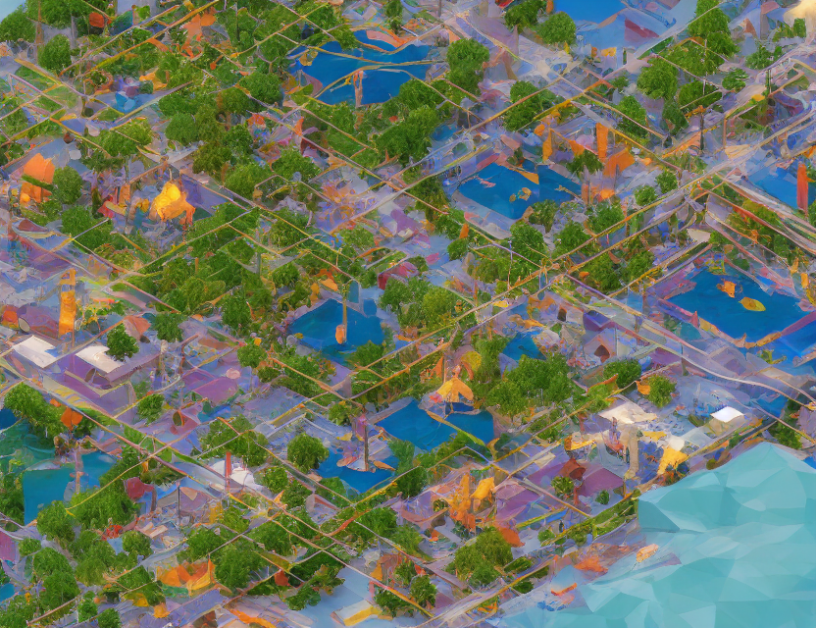In this article, researchers explore the use of deep learning models to predict click-through rates (CTRs) in web advertising. They introduce a new approach called Sparse Attentive Memory Network (SAMN), which combines the strengths of two existing methods: Deep Learning (DL) and Memory-Augmented Neural Networks (MANN).
DL models, like Logistic Regression (Richardson et al., 2007) and Factorization Machine (FM) (Rendle, 2010), are good at capturing low-order feature interactions. However, they struggle with high-order interactions, which are crucial for accurately predicting CTRs. MANN addresses this issue by incorporating external memory to learn long-term dependencies in the data.
The SAMN model improves upon these existing approaches by integrating both DL and MANN. It uses a sparse attention mechanism to selectively focus on important features, allowing it to capture both low- and high-order interactions. This approach leads to improved CTR prediction performance compared to previous methods.
To understand how SAMN works, imagine you have a big box full of toys. Each toy represents a feature in the data, such as color or shape. When predicting CTRs, we want to know which toys are most important for making a click. Sparse attention allows us to select only the toys that matter, much like how you might choose only your favorite toys to play with instead of an entire box full.
The authors evaluate their model on several datasets and show that it outperforms existing methods. They also provide insights into which features are most important for CTR prediction, highlighting the potential value of using SAMN in practical applications.
In summary, this article introduces a new deep learning approach called Sparse Attentive Memory Network (SAMN) that improves CTR prediction by combining the strengths of DL and MANN. By selectively focusing on important features using sparse attention, SAMN can capture both low- and high-order interactions in the data, leading to improved performance compared to existing methods.
Computer Science, Information Retrieval
Attention is All You Need: A Comprehensive Review of Contrastive Learning for Click-Through Rate Prediction



